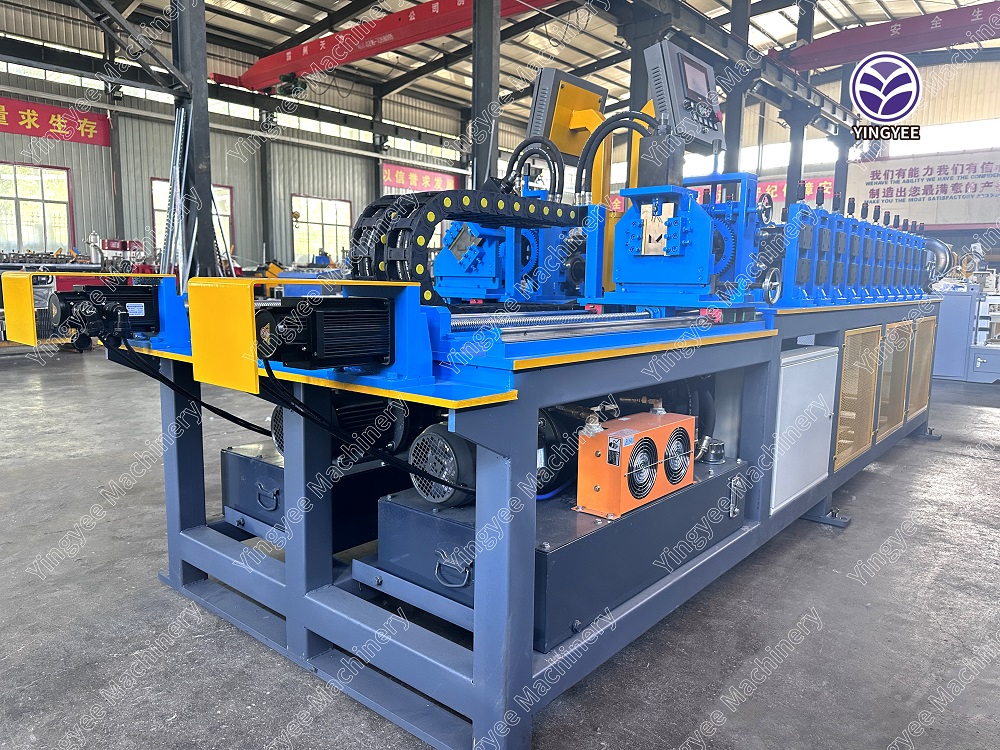
The Evolution and Significance of China's Sandwich Panel Production Lines
In recent years, the demand for efficient construction materials has soared globally, and China has risen to the occasion with innovative manufacturing techniques. One such advancement is the sandwich panel production line, a pivotal player in the construction and insulation industries. This article explores the significance of sandwich panels, the technology behind their production lines, and the profound impact they have had on the building sector in China and beyond.
What are Sandwich Panels?
Sandwich panels consist of two outer layers (facings) and an insulating core layer, which is generally made of materials such as polystyrene, polyurethane, or mineral wool. This design provides excellent thermal insulation and structural strength while minimizing weight, making them ideal for various applications, including industrial buildings, cold storage facilities, and residential complexes. Their versatility also extends to facades, roofs, and interior partitions.
The Production Process
The production of sandwich panels involves several steps that are efficiently executed on modern production lines. These lines are equipped with advanced machinery that automates the processes, thereby ensuring high precision and productivity.
1. Material Preparation The process begins with the preparation of raw materials. The facings, typically made from metal sheets, are cleaned and cut to size. The insulating core is also prepared, ensuring it meets specific thermal and fire resistance standards.
2. Adhesive Application Adhesives are applied to both sides of the core material to ensure a strong bond between the layers. This step is crucial as it directly impacts the panel's durability and insulation properties.
3. Layer Assembly Once the adhesive has been applied, the outer facings are pressed onto the core material. This can be done through a continuous process, where layers are assembled one after another, allowing for high efficiency.
4. Curing The panels are then cured, allowing the adhesive to bond effectively. This process can vary in time depending on the type of adhesive used and the specific requirements of the product.
5. Finishing and Quality Control After curing, panels undergo finishing processes, including cutting to size and surface treatments. Rigorous quality control checks are performed to ensure that each panel meets industry standards before shipment.

The Advantages of Sandwich Panel Production Lines
The sandwich panel production lines in China leverage cutting-edge technology and methodologies that offer numerous advantages
- Efficiency and Scalability Automated production lines enable high-volume outputs with minimal manual intervention. Producers can scale operations quickly in response to market demand, making it an attractive option for manufacturers.
- Cost-Effectiveness The efficient use of resources and labor reduces production costs, making sandwich panels an economical choice for builders and developers.
- Flexibility Modern production lines can be easily adapted to produce a variety of panel types, allowing manufacturers to cater to specific client needs without significant downtime.
- Sustainability Utilizing energy-efficient processes and recyclable materials aligns with global sustainability goals, making sandwich panels a green choice for construction projects.
Impact on the Construction Industry
China's advanced sandwich panel production lines have significantly impacted both domestic and international construction markets. The availability of high-quality sandwich panels has transformed building practices, enabling faster construction times and reducing labor costs.
Furthermore, the panels' insulating properties contribute to energy efficiency, addressing growing concerns over energy consumption and environmental impact. As energy codes become more stringent in many countries, sandwich panels provide an effective solution to meet these requirements.
Conclusion
In conclusion, sandwich panel production lines in China exemplify the country's industrial prowess and commitment to innovation. These lines not only fulfill the rising demand for sustainable and efficient building materials but also set a standard for quality in the global market. As construction and insulation needs continue to evolve, China's sandwich panel technology will undoubtedly play a crucial role in shaping the future of the industry, making it a noteworthy area of focus for manufacturers, builders, and environmental advocates alike.